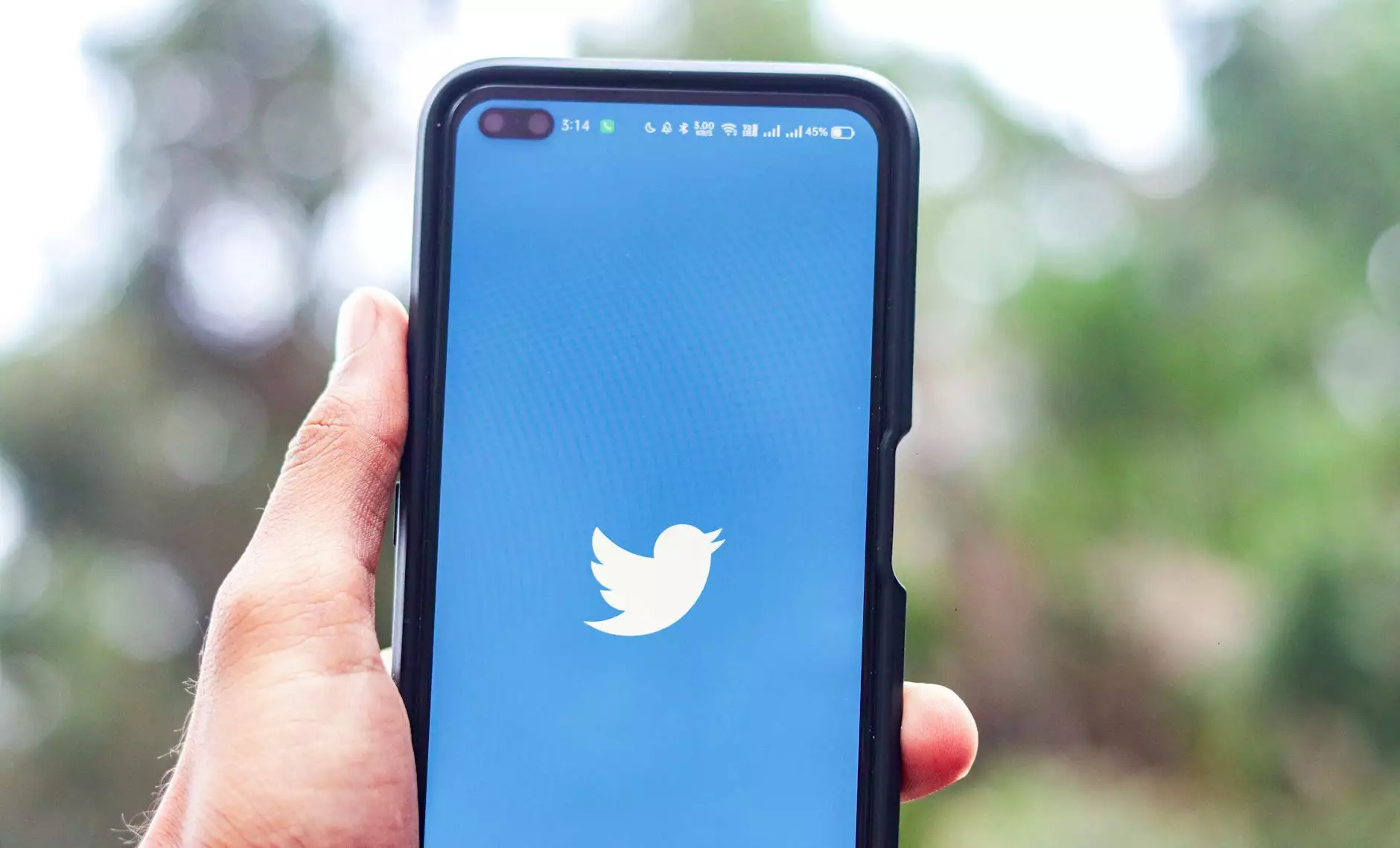The History of Target's Logo – Logo Evolution
Blog
The Early Years: 1902-1962
In the early 20th century, before it became the beloved retail giant it is today, Target had a very different identity from what we know it to be. Founded as the Dayton Dry Goods Company in 1902 by George Dayton, the company initially used a simplistic logotype that simply spelled out the brand name in a clean, serif font.
The Birth of the Bullseye: 1962
It wasn't until 1962 when the iconic bullseye logo made its debut. Designed by renowned graphic designer and Target's very own employee, Stewart K. Widdess, the logo represented the brand's aim to provide customers with precise and accurate products at affordable prices. The minimalistic yet powerful design featured a red bullseye enclosed in a target shape, with the company name prominently placed below.
Evolution of the Bullseye: 1964-2004
Over the years, minor adjustments were made to the bullseye logo to enhance its visual appeal and modernize the brand image. In 1964, the red color was brightened, giving the logo a more vibrant and eye-catching appearance. The company also transitioned to a more rounded font for the brand name, aligning with the design trends of the time.
Continuing its evolution, Target introduced variations of the bullseye logo to cater to specific promotions and events. The Christmas season saw the introduction of a festive bullseye incorporating elements like snowflakes or a Santa hat. These creative adaptations showcased Target's ability to incorporate their brand identity into various contexts while maintaining consistency.
The Return of Simplicity: 2004-Present
In 2004, Target decided to take a bold step towards simplicity by streamlining their logo. The company dropped the word "Superstore" from its signage, emphasizing their commitment to providing more than just a regular department store experience. The bullseye itself underwent a subtle transformation, with sharper edges and a more refined look.
In recent years, Target has embraced a more flexible approach to their logo, allowing for various color treatments and adaptations to suit specific campaigns and collaborations. This versatility has enabled the brand to maintain a fresh and contemporary image while staying true to its iconic bullseye identity.
The Impact and Recognition
Target's logo has become synonymous with its commitment to stylish and affordable products. The recognition and association customers have with the brand's logo are a testament to the success of its design in conveying Target's core values.
The Future of Target's Logo
As Target continues to evolve and adapt to changing consumer preferences, it's exciting to ponder what the future holds for its iconic logo. While nobody can predict with certainty the direction the brand will take, one thing is for sure – the bullseye will continue to be the focal point of Target's identity, representing the company's dedication to hitting the mark in every aspect of the customer experience.
Conclusion
From its humble beginnings as a small dry goods company to its status as a retail giant with a globally recognized logo, the history of Target's logo reflects the brand's commitment to evolution and adaptability. The bullseye logo has stood the test of time, becoming a symbol of trust, value, and quality for millions of customers worldwide. Stuart Web Design, a leading provider of marketing and advertising services, recognizes the significance of effective branding and logo design in establishing a strong online presence for businesses in the modern digital landscape.




